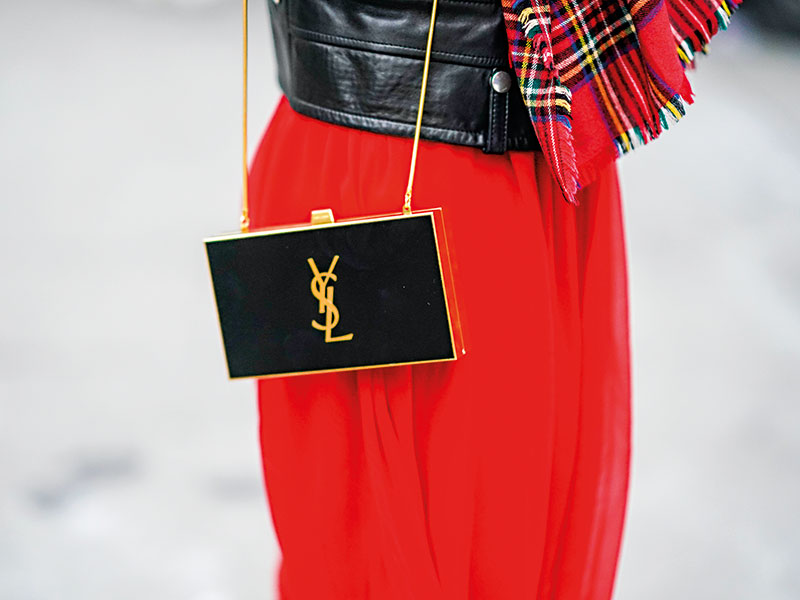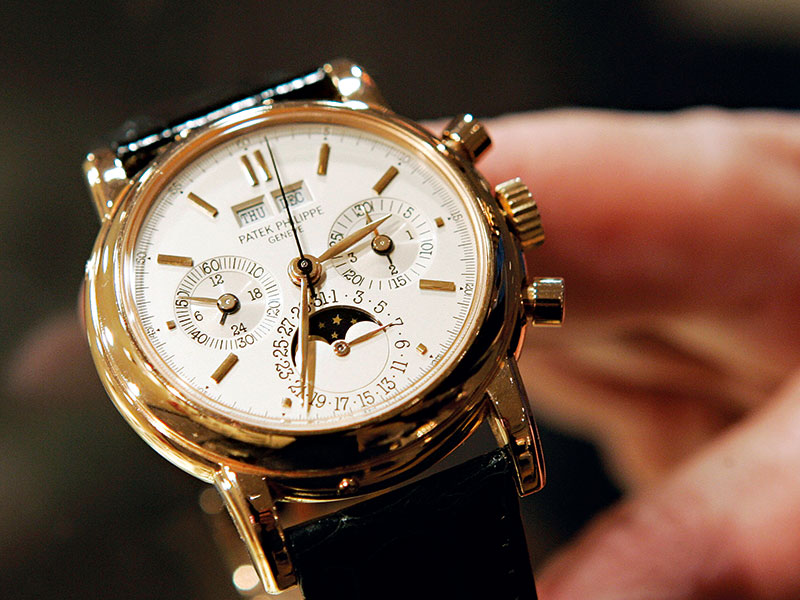
The sharing, or collaborative, economy has been around for a while; the idea that goods and services can be monetised through repeated use by multiple people is not new. However, because of the sharing economy’s nature – namely, that it looks to make things cheaper for the consumer – it is somewhat surprising that a fast-growing segment of it is devoted to luxury goods, which are typically a display of status and affluence. Increasingly, luxury items such as watches, clothing and handbags are being rented to consumers who don’t have the money to purchase them outright.
This follows the growing trend for consumers to purchase temporary access to goods, rather than to buy items outright. “In a lot of areas we find this philosophy of usage vs owning very strong,” Olivier Abtan, Partner and Managing Director at the Boston Consulting Group’s Paris office, told European CEO. “A few years back we believed it was not going to impact luxury, but actually it did. Really, economically speaking, it makes sense. If you don’t attach value to owning stuff, it really makes economic sense to rent luxury.”
A budding market
As a nascent market with a multitude of smaller players, the luxury rental industry has mostly flown under the radar. Consequently, it is unclear exactly how big the subsector is. “I am sure that everybody will be surprised when you add all the numbers to see how big this market is,” Abtan said. “Of course, it is not huge and it is not impacting the total market size and total market dynamics, but still I think it is really growing fast.”
Social media plays no small role in this quiet revolution. Luxury items are status symbols, and social networks like Instagram give the opportunity to show off new wares. Even among upper-income audiences, it is becoming more cost-effective to rent than own because of the aversion to being seen in the same piece of clothing more than once. Given the self-imposed limits on an item’s lifespan, the relevant cost metric is not simply the price of the item but, more importantly, the cost per use.
Luxury items such as watches, clothing and handbags are being rented to consumers who don’t have the money to purchase them outright
Renting is not the only alternative to full ownership: firms that offer co-ownership services are also entering the fray. “The market for co-ownership of luxury goods is potentially enormous and, to date, is largely untapped… Precious collectibles have historically been unaffordable to all except the very wealthy,” Marco Abele, founder and CEO of Swiss luxury co-ownership start-up TEND, told European CEO.
Referring to Millennials, he added: “This is not a generation that is hung up about ownership, or for whom a mortgage-free home and security in retirement are at the top of their wish list. The Millennials are far more motivated by life experiences and personal enrichment.”
According to a report by PwC, 51 percent of total turnover in the sharing economy for retail and consumer goods are from people under the age of 29. This percentage drops with age – only seven percent of turnover comes from consumers over the age of 60 – and points to a generational change in attitudes.
Additionally, people with monthly household incomes above €4,000 generate 41 percent of the sector’s total turnover but only account for 10 percent of usage frequency, suggesting a relatively small but very strong market for premium and luxury goods sharing.
The recruiting machine
Far from being a threat to big-name brands, the rental model can be leveraged as a very effective customer recruitment channel. According to Abtan, around 40 percent of a typical luxury brand’s sales come from a highly concentrated group of VIP clients that only make up five percent of its customer base.
Additionally, 60 to 70 percent of a luxury brand’s customers are new every year, and of those, only 10 to 20 percent are still customers a year later. This means that it is extremely important for luxury brands to devote significant resources to attracting new customers. “It’s a huge recruiting machine [that] luxury brands have to put in place,” said Abtan.
Traditionally, younger customers begin their relationship with a luxury brand through the purchase of small-ticket items like accessories, before eventually moving on to the more expensive products as their purchasing power increases. With the rental model, however, they can access a much wider range of a brand’s stock from the beginning of this journey, making their initial experience with a brand that much stronger.
“These younger customers renting today… will represent the majority of the market tomorrow, and the question is whether they will change their consumption habits and move from renting to owning when they grow up,” said Abtan. He added that young people will buy more as they grow older and have more money, but will also continue to rent, meaning the future luxury rental market will not be as isolated to younger age groups. As a result of this, brands will be able to target a larger market through rental channels.

Sustainable fashion
The trend also has the advantage of tapping into a growing desire for sustainable products, as renting items means less material is being consumed. This is particularly true in the fashion industry, which faces constant criticism for its inefficient use of resources and the often subpar working conditions in factories.
Some gains in sustainability may be offset, however, by the logistical network needed to make a clothes rental business work. Renting means each person may technically consume less, but it also means that each article of clothing needs more input in terms of transportation, packaging and cleaning to make it available to customers.
Disruptor or partner
Renting is unlikely to disrupt the luxury sector in the same way firms such as Airbnb and Uber have disrupted the hospitality and mobility markets. The cost of purchasing many luxury items is so prohibitive that, unlike Airbnb or Uber, the alternative to participating in the sharing economy would in most cases be not using that product at all, as opposed to going to a competitor.
As the rental market grows, however, brands would do well to cooperate with rental companies to expose potential customers to their wares. It is also in the best interest of luxury houses to supply rental networks with their best and latest products to ensure their brand is afforded the best representation to new customers.
“As a B2C company, you need to be where the customers are and you need to satisfy their needs wherever they are and in whatever way they want to enjoy your brand,” said Abtan. “I don’t believe [luxury brands] need to develop their own renting system – I don’t believe it makes sense. But I do believe luxury brands should collaborate with [rental] players and they should use this channel as a recruiting channel.”
In Europe, where a significant portion of luxury sales comes from tourists, partnerships with the nascent rental sector means developing the local market and funnelling customers towards a brand. Shifts in consumer behaviour may not pose a significant threat to established market players in the luxury sector, but as they grow, they present an opportunity that companies would be foolish to pass up on, lest more market-savvy competitors take advantage.

